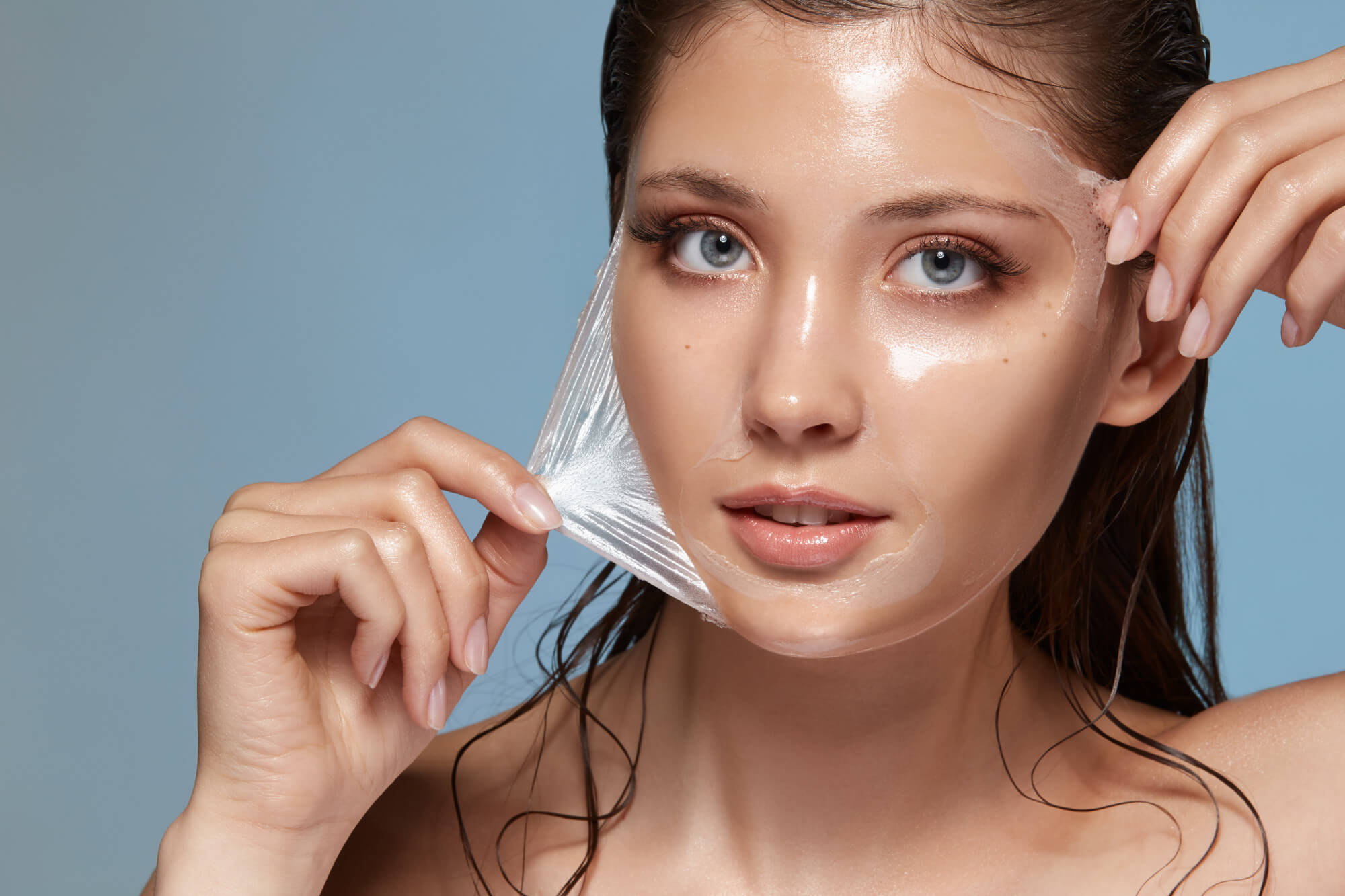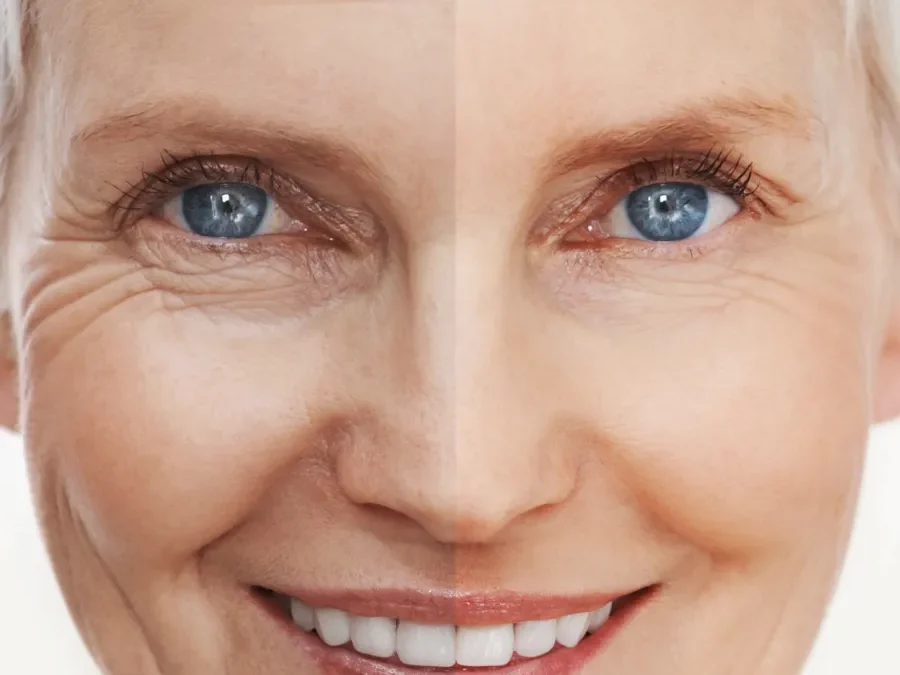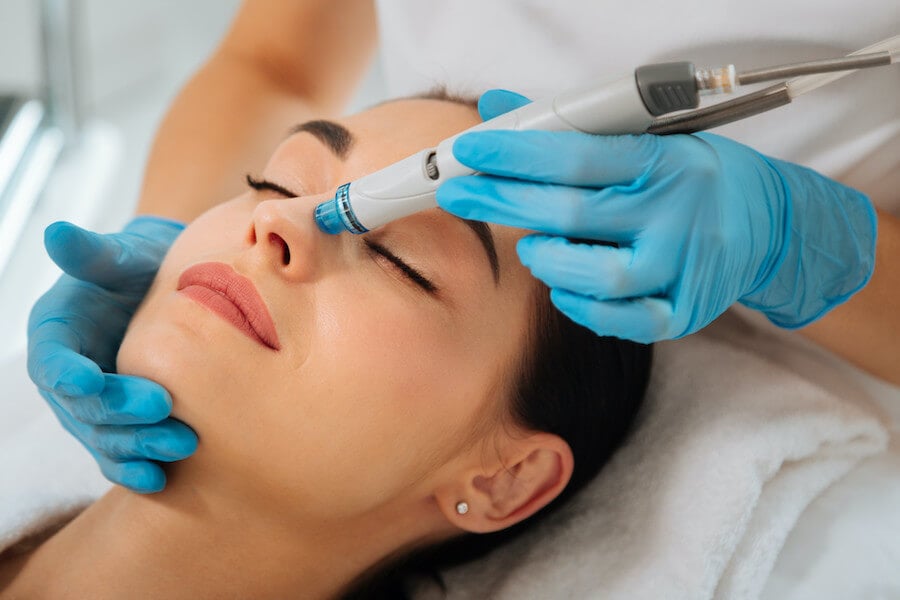How would you like to get your skin back to ‘amazing’? You may want to look into a facial peels knows as chemical peels. Solutions are applied to the skin to remove damaged skin cells and bring out the beautiful skin you have waiting underneath.
What is the best chemical peel for hyperpigmentation?
What is the best chemical peel for sagging skin?
Which peel is the strongest chemical peel?
Is an at home chemical peel safe?
You’ve got quite a few answers and options for face peeols, depending on what your needs are and how sensitive your skin is. For the best effects, it’s important that you research the different types of chemical peels before you make your appointment. Or better yet, consult with an experienced esthetician like Beauty Made Simply. Skin care should not be taken lightly, so made sure you know as much as you can, especially when looking at a chemical solution. To help jumpstart your research, check out this quick guide on the different types of chemical peels and how they help.
1. Glycolic Chemical Peel
Out of all the peels available, the glycolic peel penetrates your skin the deepest, so it’s the best one for exfoliation. This is due to glycolic acid’s small molecular structure, which allows it to penetrate deep into the layers of the skin. It’s also good for bringing a healthy glow back to aging skin. Glycolic acid is used to dissolve and allow dead skin cells to slough off. The result is a smoother skin surface with clear pores. A.k.a., beautiful skin. Glycolic peels come in different intensities and can affect your skin differently depending on how strong it is.
2. Lactic Peel
If your skin is sensitive, some of the peels on this list may irritate it. You may want to look into a light chemical peel, such as a lactic peel. As the name suggests, lactic peels come from milk. It’s not only gentle on easily irritated skin but also moisturizes dry skin.
3. Beta Peel
Acne can be embarrassing and annoying to deal with. If you have a bunch of problem breakouts, a beta peel will be able to help you. It contains salicylic acid which is great for exfoliation and oil control. Salicylic acid also takes care of the bacteria that cause acne breakouts to give you the relief that you’ve been searching for.
4. Vitalize Peel
If you’ve never had a chemical peel before, the vitalize peel is a good place to start because there is little peeling involved with it. It uses citric acid, salicylic acid, lactic acid, and retinol to lighten your skin’s pigmentation and improve its overall quality.
5. Pigment Balancing Peel
Like the vitalize peel, the pigment balancing peel also works with a series of acids to lighten the pigmentation of the skin. It can also get rid of brown spots, but this will take a little more time. You can’t expect them to go away with your first session. You’ll need to go a few times for this to take effect. On top of semi-regular peels, you’ll also need to use sunscreen when you go out or your results will be limited.
6. Retinol Peel
Retinol is a form of vitamin A, which is used in skincare products as it encourages the growth of skin cells once it is applied. Due to its small molecular size, retinol is able to penetrate into the deeper layers of your skin. As this is where your live skin cells are, the retinol that reaches this level encourages your skin cells to grow and renew. A retinol peel can also help unclog your pores and reduce acne outbreaks by allowing the cleansed skin to heal. A retinol peel is ideal if you want to rejuvenate, hydrate and refresh your complexion. If you have more specific skin concerns including acne or aging signs such as fine lines and wrinkles, then a retinol peel could be the perfect solution for you to reduce symptoms.
7. Mandelic Peel
Mandelic acid is a go-to anti-aging ingredient in the world of skin care. It works to accelerate cell turnover by dissolving the tiny bonds that hold skin cells together, helping to remove dead skin on the surface of the skin that can lead to dull complexions as well as fine lines. It also strengthens collagen, one of the building blocks of the skin’s support network that gives it a youthful firmness.This increased rate of sloughing thins the outermost layer of the skin called the stratum corneum. A thinner stratum corneum reflects light better and makes skin look smoother and more youthful. Mandelic acid and other alpha hydroxy acids generally soften the appearance of fine lines and wrinkles and improve skin texture.
8. Jessners Peel
Like all other chemical peels, the Jessner peel is done by brushing an acidic liquid onto the skin to remove the top layers and encourage new, younger looking skin to grow. The Jessner peel was first formulated over a hundred years ago, and it’s still in use today thanks to its ability to:
- reduce dark patches and age spots
- even out skin tone
- reduce the appearance of scars
- smooth fine lines and wrinkles
- treat melasma (skin discoloration), hyper-pigmentation, and acne scars
While many chemical peels can cause lasting discoloration on darker skin, a recent small study found that a modified Jessner’s solution safely and effectively reduces melasma and pigment imperfections in darker skin. It has also been shown to be an effective treatment of acne scars even when used as a superficial peel according to a study in the Journal of Clinical Aesthetic Dermatology.
9. Vitamin C Peel
Vitamin C is one of the best-known defenses against free radicals (such as pollution, sun rays, and cigarette smoke) that can cause your skin to lose elasticity and sag. As a result, your skin loses its ability to shed dead skin cells, causing a dull and uneven appearance. Vitamin C works as an antioxidant to neutralize these free radicals, by preventing them from oxidizing on your skin.This peel can also help anyone suffering from acne, as it deeply cleanses pores and provides an anti-bacterial action to prevent them from reappearing. The acid found in Vitamin C also works as a bleaching agent that can help restore imbalanced skin tone and help fade blemishes.
10. Alpha Jewel Peel
This is a summer safe peel with minimal downtime. Perfect for those “on the go” that do not want a lot of downtime. Alpha Jewel Peel Professional System is intended to remove the outermost layers of dead skin with the added bonus of precious gems. This unique element leaves trace amounts of essential minerals that create large levels of antioxidants to help neutralize stressed skin.
11. TCA Peel
A TCA peel, or trichloroacetic acid peel, is a type of chemical peel that uses a solution containing trichloroacetic acid to remove the outermost layers of the skin. This type of peel is typically performed in a clinic or doctor’s office, and can be used to treat a wide range of skin conditions, including acne scars, sun damage, wrinkles, and hyperpigmentation. TCA peels can be performed at different depths, from very superficial to deep, depending on the desired results. Superficial TCA peels are often called “lunchtime peels” because they can be performed in a short amount of time with minimal discomfort.
12. Biorevitalization Peel (PRX-T33)
A biorevitalization peel (PRX-T33) is a procedure that uses a chemical to make your skin look younger. The chemical, trichloroacetic acid (TCA), is applied to your skin and then removed after a short time. TCA peels are sometimes called “light” or “superficial” peels because they only affect the outermost layer of skin. the PRX-T33 biorevitalization peel is an improved version of the TCA peel and can be used to treat sun damage, fine lines, and wrinkles.
13. VI Peel
The VI Peel is an in-office, medium depth chemical peel that helps correct the signs of aging on the skin. The treatment has shown to reduce fine lines, wrinkles, hyperpigmentation (dark spots), and acne scars with only minimal downtime that can be covered through makeup after three to five days.
VI Peels are gentle enough to be used on your face, chest and back. The Vitality Institute says that this type of peel can work for all skin types as long as it’s not too deep an issue with pigmentation or other problems at the surface level.
Your Guide to the Different Types of Chemical Peels
If you’ve tried everything under the sun to improve the quality of your skin, but nothing seems to work, it may be time to make an appointment for a chemical peel. Chemical peels have provide many benefits. They use a variety of ingredients to get rid of acne, make your skin feel soft, repair damaged skin and lighten your pigmentation. So, what are you waiting for? Give us a call for a consultation or to schedule a skin peel. Do you want the beautiful skin that you deserve? Book an appointment with us today!






